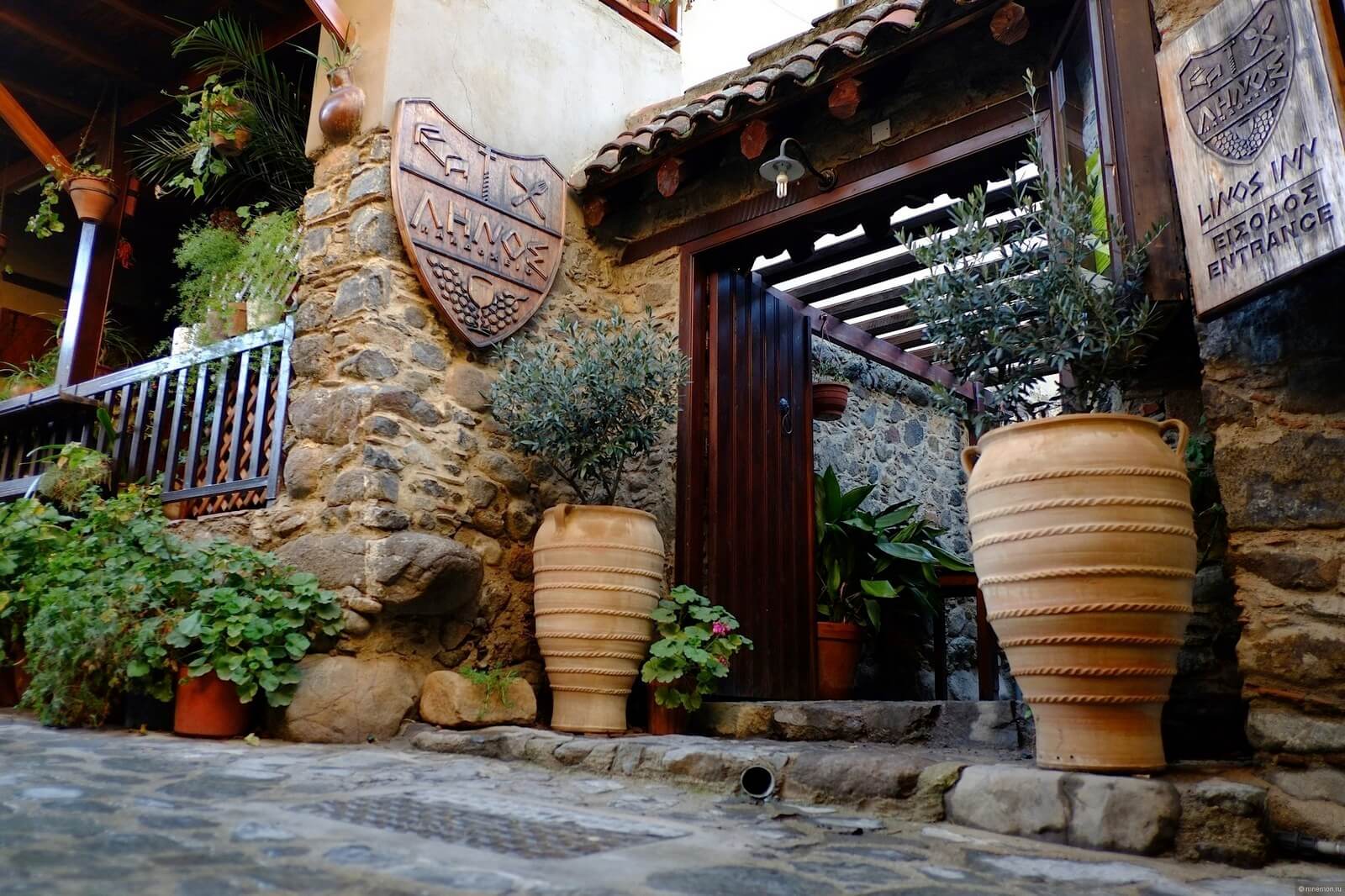Driving past olive plantations, citrus orchards and pine trees, we reach the most famous Cypriot village, Lefkara. From the Greek name is translated as “white mountains. This is because it is located on the slopes of the Troodos mountain, famous for its white limestone and calcium, from which the village streets and local houses are built.
Lefkara is called the village of craftsmen. The unsurpassed embroidery and silver filigree jewelry make the village famous all over the world. The technique of lace weaving combines traditional folk motifs, Assyrian techniques and Venetian splendor, and the lace itself is called Lefkaritika. Lefkaritika became an Intangible Heritage of UNESCO in 2009. While women wove exquisite lacework, men made filigree silver objects. This art has been around for centuries, and the silver jewelry is beautiful and unique.
If you decide to buy a lace piece, you should ask for advice from an attendant. Lefkara is a tourist village and even here there is a place for Chinese goods. So beware: the real Lefkaritika can not be cheap, because it is exclusively handmade, and for the performance of graphic ornaments are used three colors – pistachio, beige, white.
The landmark of Larnaca is the Church of St. Lazarus. According to biblical legends, after the resurrection of Christ, Lazarus was constantly persecuted, so he left Judea and went to live in Cyprus. When Cithium (modern Larnaca) was visited by the apostles Paul and Barnabas, Lazarus was ordained bishop of Cithium. The church was built over the tomb of the deceased bishop and although its original appearance differs considerably from today’s, it has not lost its importance. Inside, the building is filled with a peaceful atmosphere. On Laser Saturday before Easter, an icon of St. Lazarus is carried through the streets of Larnaca.
Another amazing place on the island is the Salt Lake. It is also called a ghost lake, because you can see it only for a few months, when the rainy season reigns. In summer, it disappears, leaving behind salt deposits. Until recently, it was used for salt mining. Scientists are still arguing about the reasons for this phenomenon, and the local population can delight you with many interesting legends.
On the shore of the lake is a stunning cultural and historical monument – the mosque Hala Sultan Tekke, which belongs to the main world’s Muslim shrines. Umm Haram, the aunt of the Prophet Mohammed, is buried here. Her ashes are buried in a sarcophagus in a mausoleum. You do not have to be a Muslim to admire the mosque. The entrance is open to all comers. But before entering do not forget to take off your shoes.

